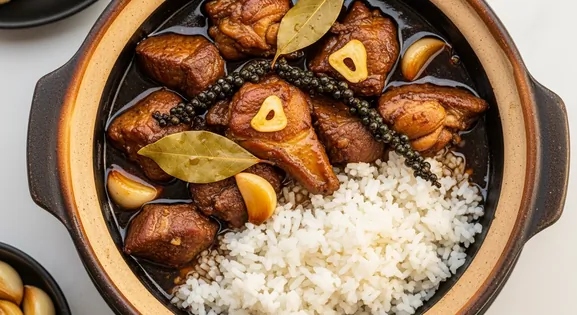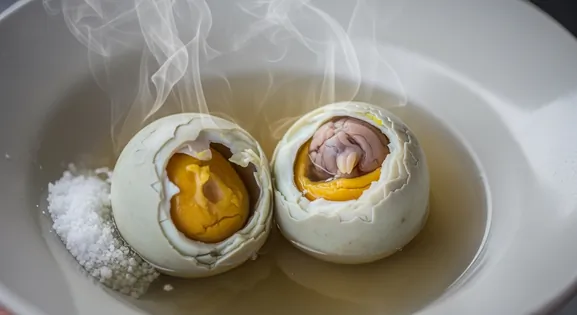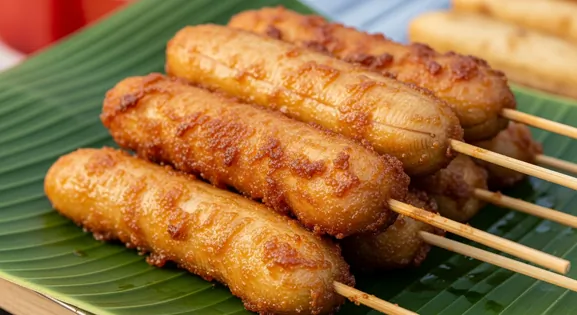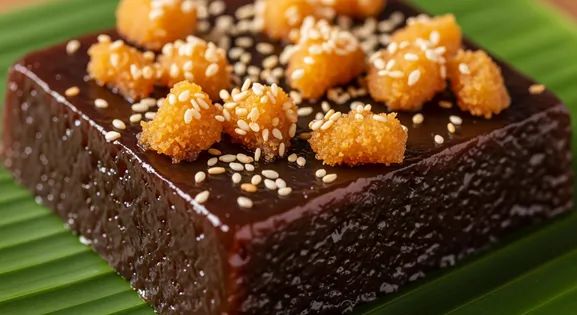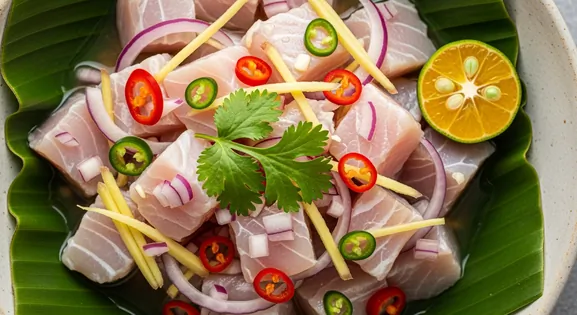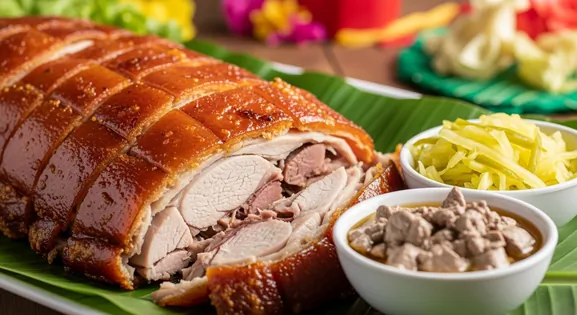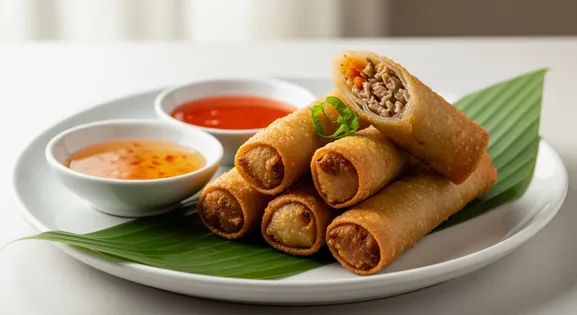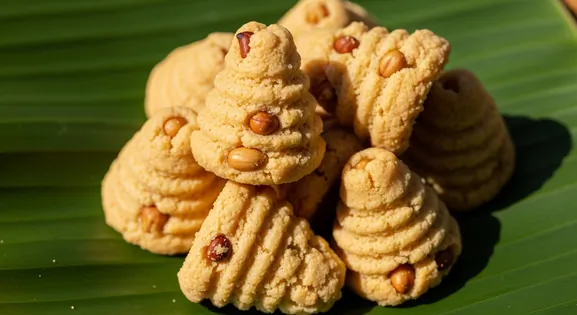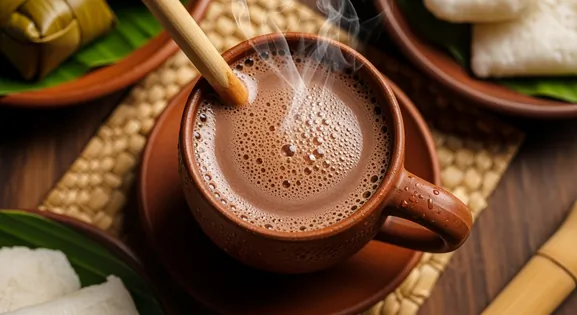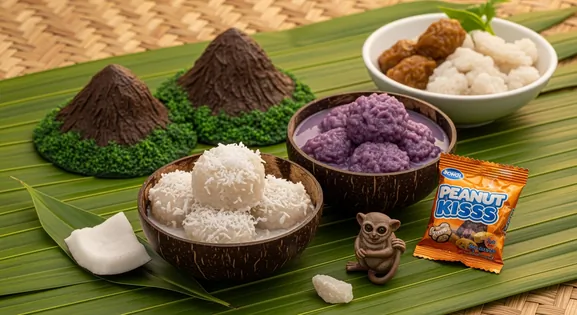
Bohol
Discover Bohol's best food areas including Tagbilaran Market, Alona Beach & Loboc Riverside. Expert quality guidance, peak hours & must-try kinilaw, calamay and fresh seafood.
The Philippines offers a culinary journey as diverse and vibrant as its archipelago. From the comforting, savory-sour notes of sinigang to the crispy, celebratory lechon, Filipino food is a heartfelt expression of family, community, and resilience. It's a cuisine shaped by centuries of cultural exchange, yet distinctly its own, inviting travelers to explore a world of bold flavors and warm hospitality.
Filipino food culture is deeply communal, centered around shared meals and the concept of 'salu-salo' (feasting together). Rice is the ubiquitous staple, serving as a neutral base for a symphony of dishes that often balance sour, salty, and savory flavors, with a touch of sweetness. The influence of Spanish, Chinese, and Malay traditions is evident, yet uniquely adapted to local ingredients and palates, resulting in a cuisine that is both familiar and distinct. Unlike some Asian cuisines, Filipino dishes are typically prepared with all components cooked together, rather than assembled at the table, creating rich, integrated flavors. Eating is often done with a spoon and fork, reflecting a practical approach to enjoying saucy dishes. This culinary landscape is a testament to the Filipino spirit, where food is not just sustenance but a celebration of life's simple joys, enduring connections, and the ingenuity of its people in transforming humble ingredients into memorable feasts.
Sourness is a cornerstone of Filipino cuisine, often derived from ingredients like tamarind (sampalok), calamansi, or vinegar. Dishes like Sinigang (sour soup) exemplify this, offering a refreshing counterpoint to rich flavors. Understanding this preference is key to appreciating the local palate.
Filipino meals are often accompanied by various dipping sauces, or "sawsawan," allowing diners to customize each bite. These can range from simple soy sauce and calamansi to vinegar with chilies, or even fermented shrimp paste. Experimenting with these condiments enhances the dining experience.
In Filipino dining, rice ('kanin') is not merely a side dish but the central component that anchors the meal. It's eaten with every savory dish, balancing intense flavors and providing a comforting foundation. Expect generous servings and use it to complement the main courses.
Expert tips for enjoying the Philippines' vibrant public markets and making informed food choices.
How to appreciate the distinct sweet, sour, and savory elements of Filipino cuisine
Must-try Filipino street foods include Chicken Inasal (grilled marinated chicken), Lechon (roast pig), Sisig (sizzling chopped pig face and ears), Kwek-kwek (battered quail eggs), Fishballs with sweet and spicy sauces, Halo-halo (mixed shaved ice dessert), and Taho (silken tofu with syrup). Manila's Binondo district and Divisoria markets offer excellent street food experiences.
Filipino street food is a vibrant part of the culture and can be a rewarding experience. Focus on vendors with high customer turnover, ensuring ingredients are fresh and dishes are cooked to order. Observing local practices for food preparation and presentation can guide your choices.
Filipino dining is communal and informal. It's polite to wait for elders to be served first, say 'Kain tayo' ('Let's eat') before starting, and use a spoon and fork rather than knife. Don't refuse food offerings as this can offend hosts, and leaving a small amount on your plate signals you've had enough.
Filipino breakfasts often feature 'silog' meals, which combine fried rice ('sinangag') and a fried egg ('itlog') with a protein like 'longganisa' (sausage), 'tocino' (cured pork), or 'tapa' (cured beef). Another popular option is 'pandesal' (salt bread) often dipped in coffee.
June, July, August, September, October, November
Notice how vendors manage food exposure and cleanliness during downpours to make informed choices.
During heavy rains, indoor markets or restaurants offer a more comfortable and consistent environment for enjoying meals.
December, January, February, March, April, May
High temperatures can accelerate changes in perishable items; look for vendors with visible ice or active cooling for seafood and meats.
Opt for freshly prepared, hot dishes or well-chilled items, and ensure adequate fluid intake to manage the heat.
Discover Bohol's best food areas including Tagbilaran Market, Alona Beach & Loboc Riverside. Expert quality guidance, peak hours & must-try kinilaw, calamay and fresh seafood.
Discover Manila's best street food areas including Binondo, Divisoria Market & Maginhawa Street. Expert quality tips, peak hours & must-try Filipino dishes.
Savory meat braised in tangy vinegar, soy sauce, and aromatic garlic.
Fertilized duck egg boiled and eaten from shell.
Deep-fried Saba bananas coated in caramelized brown sugar.
Sticky glutinous rice dessert with coconut and sugar.
Raw fish marinated in vinegar and citrus with aromatics.
Whole pig spit-roasted over charcoal until skin crisps.
Crispy spring rolls with savory meat or vegetable filling.
Cone-shaped cookies with ground peanuts and egg whites.
Sticky rice cake with coconut milk, ginger and pandan.
Rich, intense hot chocolate made from roasted cacao tablets.
At Tasteplorers, our mission is to provide the most accurate and useful travel information in the world. To achieve this, all content on this site is created through our unique editorial framework. We utilize leading AI research tools, guided by our proprietary prompts, and a multi-stage validation process. This entire system is overseen by our editorial team to ensure everything we publish meets our high standards for accuracy, cultural nuance, and practical value for travelers.
Learn more about our Editorial Process and our Mission.
Discover Europe's diverse culinary landscape, from Mediterranean flavors to hearty Alpine fare. Learn to navigate markets, decode menus, and eat like a local.
Discover the vibrant cuisines of Latin America & the Caribbean. Our expert guide covers everything from Mexican street food to Peruvian ceviche and market tips.
Explore Oceania's diverse food scene. Learn about Polynesian earth ovens, Fijian feasts, and the vibrant café culture of Australia and New Zealand.
Explore Southeast Asia's diverse food cultures from Thailand to Vietnam. Get expert tips on navigating spice levels, choosing quality vendors, and understanding the rich traditions of the region.

